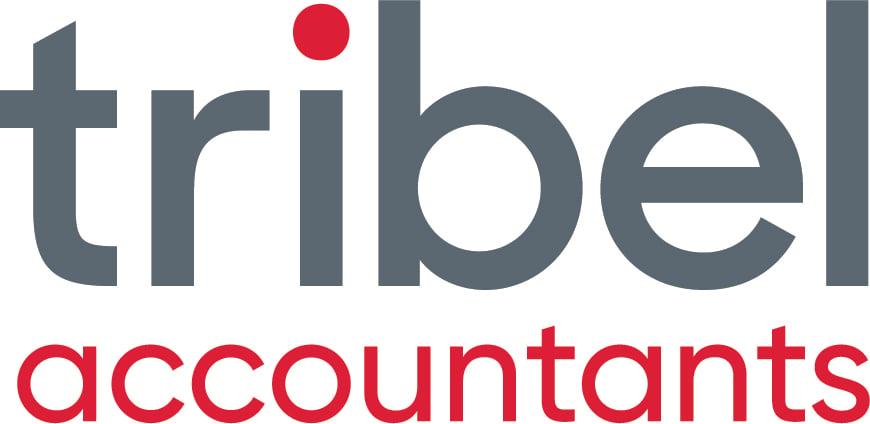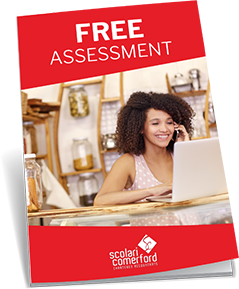INTRODUCTION:
Every business owner knows that cash is king and for a business to not only survive but thrive, nothing beats having money in the bank. Also importantly, every small business advisor and accountant when reviewing a set of financial statements should invariably perform a cash flow analysis and then simply identify and explain what's causing the problem and advise the clients what needs to be done to fix it - pronto!
What is the process then?
Step 1: Balance Sheet & P&L
When you want to look at cash performance for a business, the first thing you need to do is obtain a set of reconciled figures including a balance sheet and profit and loss statement with comparatives. So for example, if you wish to look at the performance over the past 12 months, you will need the latest figures with comparatives for 12 months earlier. If looking at say 9 months this year to 31 March 2018, you will need comparatives for 30 June 2017 for both the balance sheet and profit and loss statement.

Figure 1: Do you understand your balance sheet and profit and loss statement or is it totally abstract?
Step 2: Is The Cash Balance Healthy?
Look on the balance sheet and see how much money is sitting in the bank account. This will normally be sitting under Current Assets. If you run an overdraft, then the overdraft balance drawn down will usually be located under Current Liabilities.
How do you know if the balance is healthy or not? Firstly look at Total Current Assets and compare them to Total Current Liabilities. If Current Liabilities are in excess of the Current Assets then most likely the cash balance is not healthy at all as if you pay out what it due, you will have a deficit.
If this is not the case, normally as a rough rule of thumb, I would like to see at least one month's worth of cash (or overdraft facility) cover for expenses, purchases of stock, loan repayments and planned dividends. Assuming that your customer terms are 30 days or less, this should give you some sort of buffer and you most likely will have some sort of terms from your suppliers.
So if we're looking at March 2018, look at the past 9 months (assuming these are fairly constant but be aware of seasonal changes or periods of rapid growth) divide overheads (excluding non-cash items such as depreciation) and purchases by 9 and add to these any monthly loan payments and planned dividends. If the amount of cash in the bank is less than that figure, chances are you're going to struggle cash flow wise unless you can get your debtors in quicker than what you have to pay out to your suppliers.
Step 3: Where Are The Profits & Are They In The Bank?
All cash performance analyses require understanding why the cash at bank is different to the profit made for the period. So, let's assume the business had $50,000 in its account at 1 July 2017, the business's profit and loss statement says it's made a profit for 9 months of $80,000 but the cash at bank balance as at 31 March 2018 is only $20,000. In this example the cash at bank balance is seemingly $110,000 less than what might be expected.
Your small business accountant looks at the figures and advises the following:
Your debtors at 31 March 2018 compared to 30 June 2018 have increased by $25,000. You went on an overseas holiday in July last year which cost you $20,000, your creditors have actually increased by $15,000 but your inventory has also increased by $80,000. Adding these together $25,000 + $20,000 - $15,000 + $80,000 = $110,000 which is the difference to what you had hoped would be sitting in the bank account in addition to the opening balance.
Therefore, you have made a profit of $110,000 but it's not in your bank account because of this you took $20,000 for private purposes as a dividend, you used $80,000 of it to buy stock, and your debtors haven't yet paid you $25,000 of it despite getting some extra funds from your suppliers to the tune of $15,000.
 Figure 2: If you have made a profit do you understand why it doesn't appear to be in the bank?
Figure 2: If you have made a profit do you understand why it doesn't appear to be in the bank?
Step 4: Pain Points
The real question is then are there ways to make those profits get into the bank account more quickly? Yes there are. Your small business accountants and advisors after some investigation notes the following:
- you're giving your customer trading terms of 30 days and yet you've only got 25 days with to pay your suppliers. Even worse, on average your customers aren't paying until 40 days! Invoices appear to be going out weeks after the delivery is made and most invoices are being issued right at the end of the month. You seem to be following up payment only when things are desperate and your debtors clerk forgot to send statements out one month and rarely rings late payers on a regular basis;
- inventory seems to be building up faster than you're selling it. They note that the number of days required to turn your stock over has gone from 25 days to 30 days.
Step 5: Action Plan
Rather than waiting for this to occur and then take action, prevention is always better than the cure. Sit down with your accountant and do a 3 way budget for the year which has a budget for the profit & loss, balance sheet and cash in and cash out. If these are done correctly, you should be able to identify most cash flow problems in advance. If not, you will need to set up an action plan to correct your current situation and then monitor it closely to ensure you are on track for much better cash flow.
CONCLUSION:
Every business owner wants great cash flow. It will mean less stress, give the ability to create more profits and increase the business valuation substantially. Finding an advisor that will help you understand the drivers to maximise the flow of cash is critical.
At Scolari Comerford, we're here to help. If you feel that you could benefit by talking to us, please contact us today and unleash the potential of your business.


.png?width=100&height=100&name=COVID_Safe_Badge_Digital%20(002).png)




